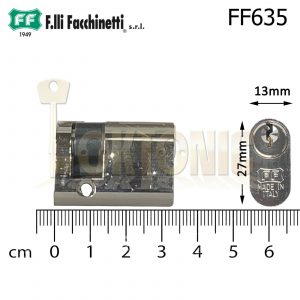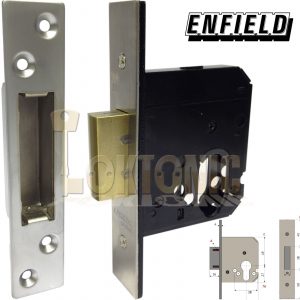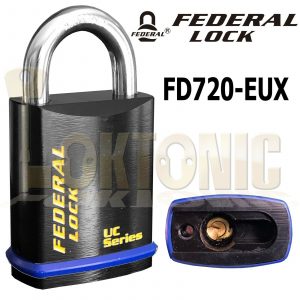When securing confidential documents, there is no better solution than a filing cabinet lock. However, with so many choices out there, it can be difficult to understand exactly what type of lock is best suited for your needs. This guide provides an in-depth look at the different types of locks available and the factors you should bear in mind while selecting one that fits securely yet offers maximum convenience – giving you complete peace of mind when it comes to protecting important paperwork and files.
What is a filing cabinet lock and how does it work ?
A filing cabinet lock is a device that ensures documents, supplies, and other items stored in filing cabinets remain secure. It’s important to have this extra layer of security to protect sensitive information from unauthorised individuals. The most common type of filing cabinet lock uses a specially designed key that unlocks the cabinet latch, allowing access to the interior storage space. The most secure locks use a combination of both keys and codes that require multiple attempts for access.
Different Types of Filing Cabinet Locks
Filing cabinets are a great way to store important and confidential documents in an organised manner, but if you don’t have the right lock it can leave your documents vulnerable. Luckily, there are many different types of locks available for filing cabinets that will help ensure the privacy and security of your records. Combination locks require a series of numbers that is only known by the owner as access to the cabinet, while padlocks provide yet another layer of protection for those who wish to secure their documents. Keyed cam locks utilise a removable key that allows the cabinet to be opened and re-locked each time with ease.
How to Securely Lock Your Filing Cabinets
Keeping your documents and important items in filing cabinets is an excellent way to easily access and store what you need, but it’s essential to ensure the cabinets are secure. An easy way to do this is with a padlock or combination lock. However, unless you want to rely on the ability of someone to remember multiple sequences of numbers, it’s best to go with a key-based lock. Additionally, make sure you know where any spare keys are stored as well as which individuals have access to them so that your filing cabinet remains secure at all times.
The Benefits of Installing a Filing Cabinet Lock
Installing a filing cabinet lock is one of the most important steps you can take to keep your personal and professional documents secure. It provides a layer of physical protection so that only authorised personnel can access important information, helping to minimise the risk of data theft, loss, or misuse. It also helps to prevent mischief-makers from tampering with confidential records and deter identity thieves from stealing key information. With a filing cabinet lock installed, you will have peace of mind knowing your documents are safe from unauthorised people and visitors alike.
Tips for Choosing the Right Filing Cabinet Lock
When it comes to a filing cabinet, security is of utmost importance. After all, the items you store in the filing cabinet are usually sensitive documents or valuables. It should go without saying that choosing the best lock for your filing cabinet should be high on your list of priorities when selecting furniture for your home or office. There are several factors to consider when choosing a lock, such as your budget, how secure you need the lock to be, and how easy it is to use the lock. Some locks may require keys whereas others can be opened with combination codes.
Conclusion
Filing cabinet locks are a great way to ensure the safety and security of your documents, while also protecting them from outside elements. They come in different types, sizes, and shapes all designed to meet your specific needs. When selecting the right type, remember to consider how you will use it, which means looking for features like time-delay locks or smart padlocks which can give you greater control over access.








